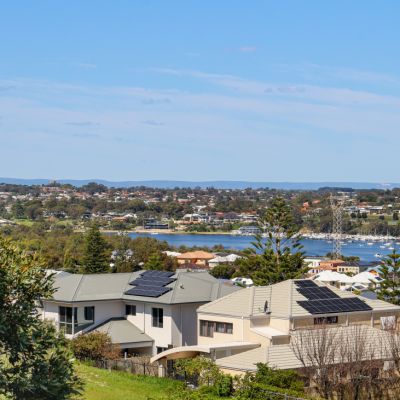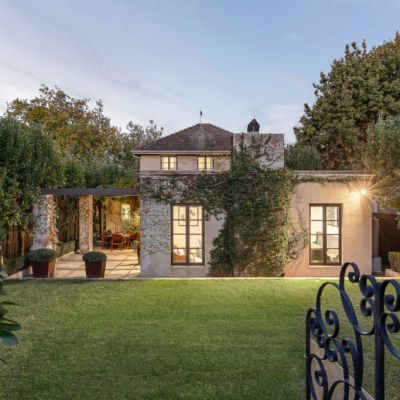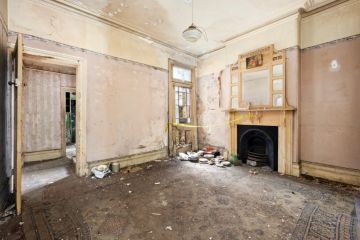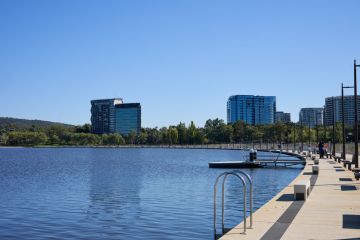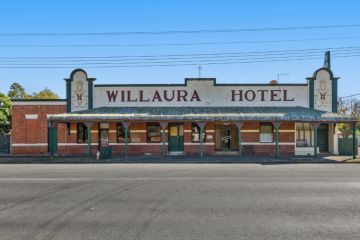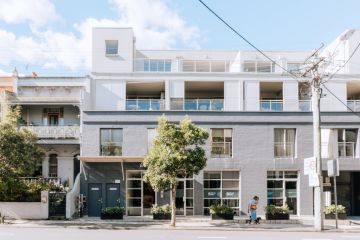The suburbs where workers on $300,000 can’t afford a house
A high-income earner on $300,000 would be locked out of buying a house in 16 per cent of capital city suburbs, new modelling shows, after property prices soared over the long term.
Even if that worker was partnered with someone paid the same amount, 29 suburbs would be too expensive.

The “painful data” exposes the obstacles to buying a house for even well-paid workers, and the picture is bleaker for someone on a typical wage.
Only 5 per cent of houses in capital city suburbs are affordable for single workers earning $100,000 a year, and none are in Sydney.
Cotality analysed Canstar data on the borrowing capacity of six-figure jobholders, taking into account two recent interest rate cuts.
Experts say these rate declines have added more than $20,000 to the borrowing power of a worker on $100,000, taking their budget at auction to $625,000, assuming they saved a 20 per cent deposit. However, that is stretching only slightly further than last year.
Broaden the search to all city and regional areas nationally, and those same workers can afford a fifth of suburbs – an improvement on 11.5 per cent last year, Cotality’s head of residential research Eliza Owen says.
This assumes a 5.75 per cent interest rate over a 30-year term.
Singles on $300,000 a year qualify to buy a house valued at $1,733,750 and can look at Arncliffe in Sydney, Brisbane’s Camp Hill and Narre Warren North in Melbourne. But they would be priced out of suburbs such as Penshurst or Norwest in Sydney and Essendon or Ormond in Melbourne.
Couples who earn $300,000 apiece could consider 99 per cent of house markets around the nation and every suburb with units, on a budget of $3,786,250.
But an ultra-prime layer exists, where Owen says there are 29 house markets in Sydney where earning $600,000 a year as a household does not provide access under traditional borrowing terms.
These include Waverley, Lindfield, Killara, Strathfield, Coogee, Clovelly, Bondi, Greenwich, Northbridge, Bronte and Bellevue Hill.
“In reality, there are probably wealthy households who are getting endowed with some kind of inheritance or the sale of another property that allows them to go in with something much higher than a 20 per cent deposit, so they can buy something more expensive, even at their current borrowing capacity,” she says.
Owen says the figures lay bare the hardship for buyers without a significant other.
“It’s pretty painful data when you think about just how disadvantaged singles are in the housing market,” Owen says.
Grossing $200,000 as a single enables a house purchase of $1,237,500. Options include Sydney’s Newport, Melbourne’s Abbotsford and Brisbane’s Kelvin Grove.
Single people earning $150,000 a year could purchase a $951,250 house and can choose from suburbs such as Altona North and Taylors Lakes in Melbourne, Brisbane’s Murrumba Downs and Pallara, and Raby and Glenfield in Sydney.
A yearly wage of $150,000 a year opens the door to 42 per cent of metro suburbs, but only 83 of those are in Sydney, 171 in Melbourne and 151 in Brisbane.
Duplicate that and couples each receiving $150,000 each can afford houses in 87 per cent of capital city suburbs, of which 380 are in Sydney, and hundreds more in Brisbane and Melbourne.
Owen says the range of what singles versus couples can buy is dramatic and government-led programs have a role in smoothing the playing field.
“There’s probably more for institutions to do here, whether it’s increasing the flexibility of lending so that perhaps it’s easier for people who aren’t in a romantic relationship to pair up and buy property,” she says.
“The government’s shared home equity scheme is a really good example of where singles don’t have to partner with other people and instead can partner with the government to get into the housing market.”
Canstar’s data insights director Sally Tindall says lower interest rates have turned the tide for constricted borrowers.
“You’d think a couple, both earning decent six-figure salaries, would have their pick of suburbs to buy their dream home, but that’s no longer a given,” she says.
“Over the past few years, 13 cash rate hikes have put a serious strain on what buyers can borrow, leaving many with far less purchasing power.
“However, with two RBA cuts under the belt so far this year, things are turning around for would-be buyers.”
Economists tip the Reserve Bank may cut rates at its next meeting on Tuesday.
Joseph Daoud, founder of mortgage brokers It’s Simple Finance says it is not uncommon for high-income earners to be surprised by their borrowing limit.
HECS debts, shopping habits, number of dependents, car loans and stability of employment all counts.
“Despite earning significant incomes, the combination of liabilities, lifestyle costs, and lending policy stress tests can reduce borrowing power more than expected,” he says.
Daoud says a worker earning $100,000 a year will note an extra $21,000 in their borrowing capacity since the rate cuts.
“This is a much-needed step in the right direction for those looking to borrow,” he says.
We recommend
We thought you might like
States
Capital Cities
Capital Cities - Rentals
Popular Areas
Allhomes
More
- © 2025, CoStar Group Inc.
